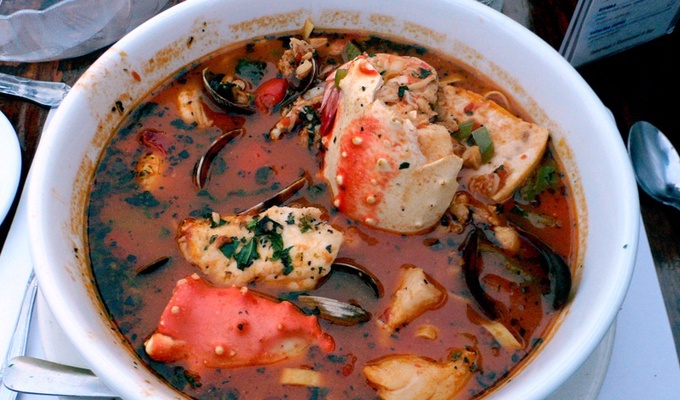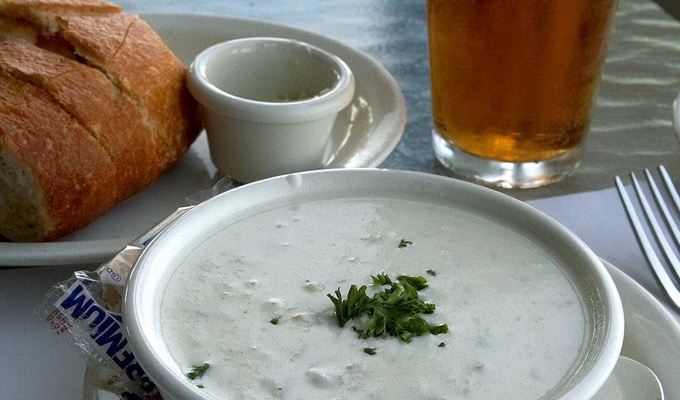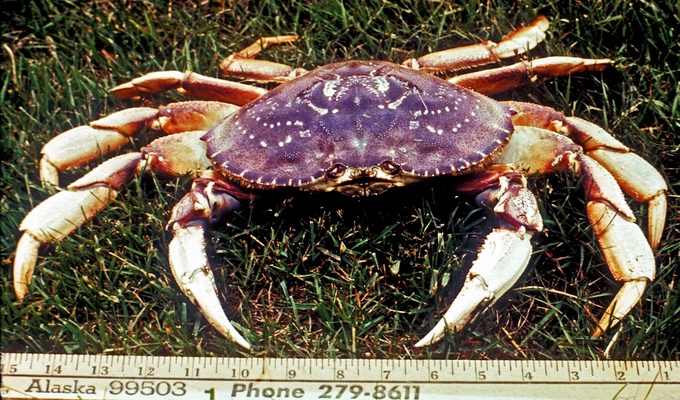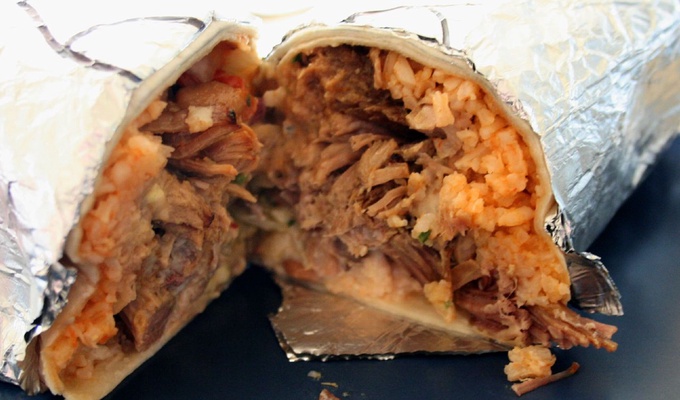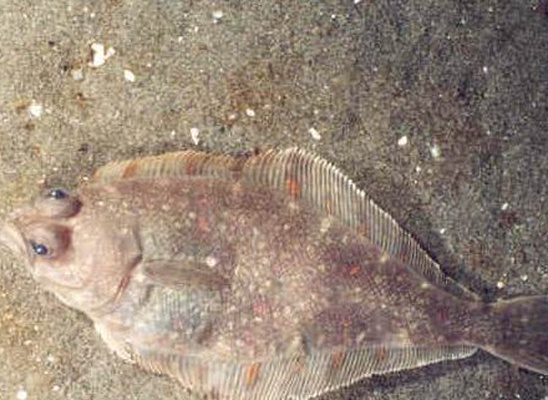San Francisco cuisine is a mixture of the cuisines of cultural groups that immigrated to the area after the Gold Rush of the 1840s and the modern "California cuisine" movement, which started in Berkeley in the late 20th century.
Important strains of San Francisco cuisine include the Latino-influenced cuisine of the early Californio settlers, which gave rise to a rich tradition of chile, tortilla, and barbecue-based dishes, especially the Mission burrito, as well as Filipino variants including sisig; the large Chinese population, especially associated with the Cantonese cuisine of Guangdong province in southern China, and with the dim sum style of dining; with fresh seafood, especially Dungeness crab, clam chowder, and the Italian-American fish stew cioppino, and with San Francisco sourdough bread, which traces its origins to the rough fermentation techniques used in the gold fields.
In the late 20th century, San Francisco has become an important city for fine dining, benefiting from its closeness to the wine producing areas of Napa and Sonoma county, and it has attracted a number of Michelin-starred restaurants.
The proximity of Chez Panisse and the influence of Alice Water's farm to table movement has also had visible impacts on the cuisine of the city, with many restaurants and markets featuring locally-produced produce, dairy, and meats with an emphasis on quality and provenance, and a clear style of preparation that highlights ingredients.
